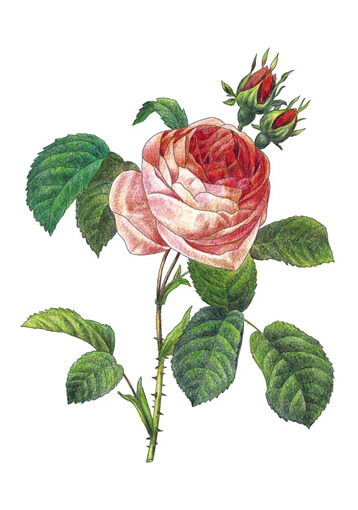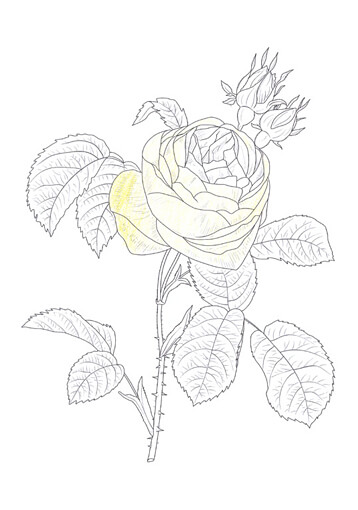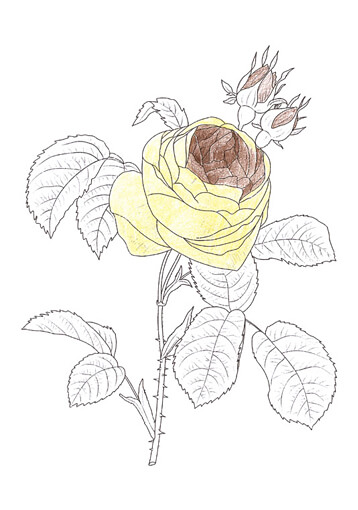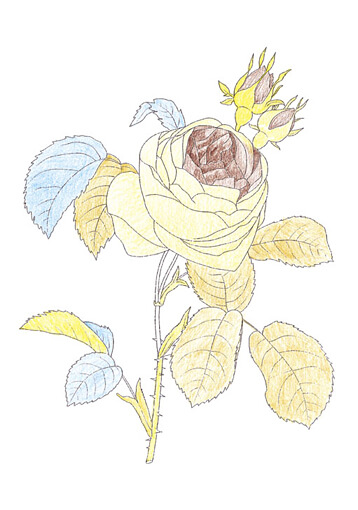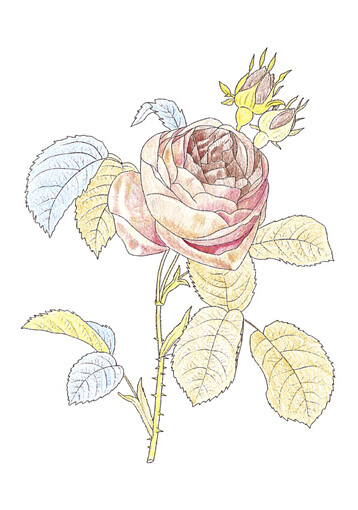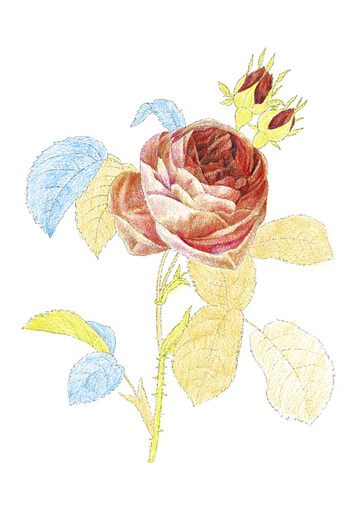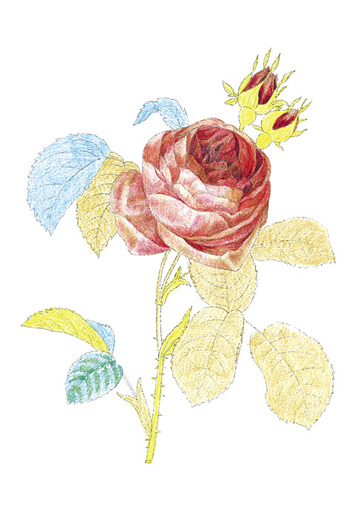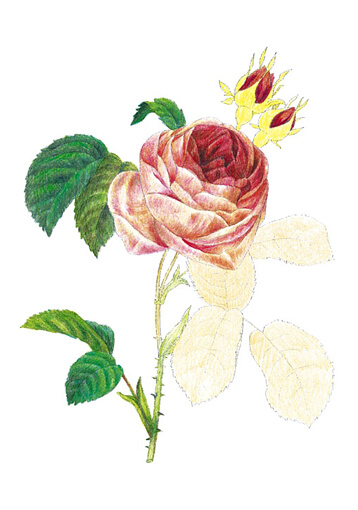Colored Pencils Lesson: How to Color
Colored pencils: Key features
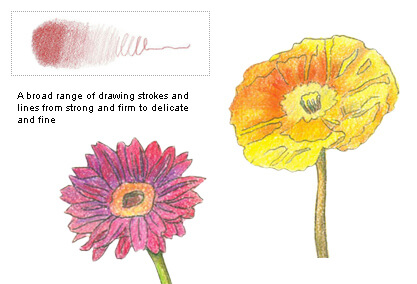
- ◆A broad range of drawing strokes and lines from strong and firm to delicate and fine.
- ◆Vivid and beautiful color mixes are created by repeatedly drawing in lines.
- ◆Simple and convenient: no need of brushes or palettes.
- ◆The secret of coloring with these colored pencils is to apply many thin and pale layers of color by gently stroking the picture surface with no excess force; this will gradually deepen the color.
How to Color “Roses”
Lesson: How to Color
- COUPY PENCIL
- Colored Pencils
- Watercolor Pencils
- Watercolors
